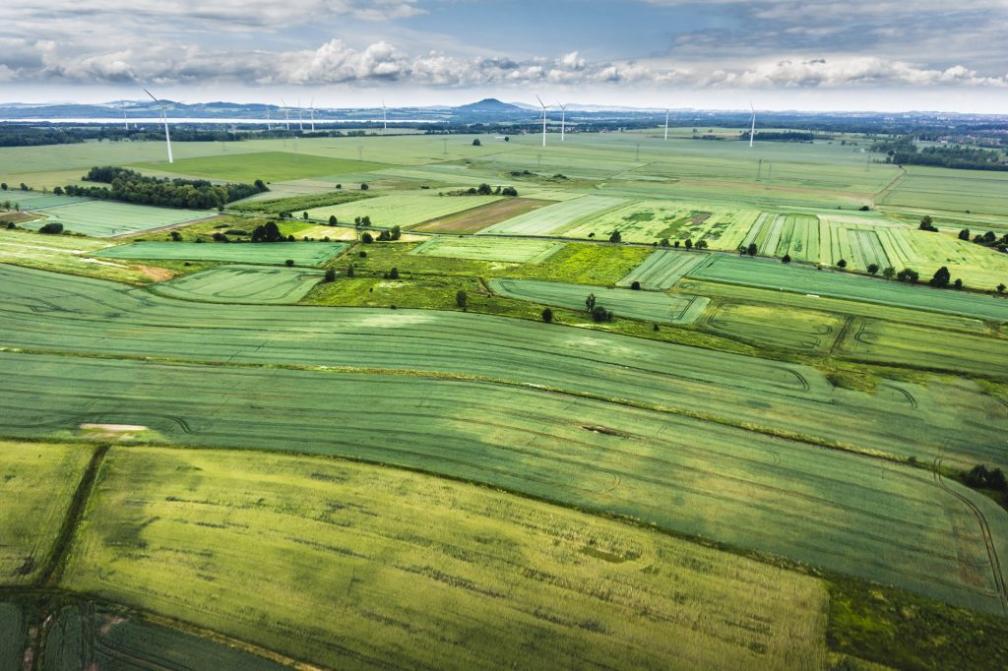What Are the Limitations of Satellite Data for Land Cover Mapping?
Satellite data has become an indispensable tool for land cover mapping, providing valuable information for various applications such as environmental monitoring, land use planning, and disaster management. However, despite its numerous advantages, satellite data also has certain limitations that can affect the accuracy and reliability of land cover maps.

Types Of Satellite Data For Land Cover Mapping
There are various types of satellite data that can be used for land cover mapping, each with its own unique characteristics and limitations. These include:
- Optical satellite data: This type of data is collected by satellites that measure reflected sunlight in visible and near-infrared wavelengths. It provides detailed information about the color and texture of land surfaces, making it useful for mapping land cover types such as forests, grasslands, and urban areas.
- Radar satellite data: Radar satellites emit microwave pulses and measure the reflected energy to create images. This data can be used to map land cover types regardless of cloud cover or darkness, making it particularly useful for areas with frequent cloud cover or nighttime mapping.
- Hyperspectral satellite data: Hyperspectral satellites collect data in hundreds of narrow spectral bands, providing detailed information about the chemical composition of land surfaces. This data is useful for mapping land cover types with similar spectral signatures, such as different types of vegetation or minerals.
- Thermal satellite data: Thermal satellites measure the thermal radiation emitted by land surfaces. This data can be used to map land cover types based on their temperature differences, such as urban heat islands or water bodies.
- LiDAR satellite data: LiDAR (Light Detection and Ranging) satellites emit laser pulses and measure the reflected energy to create detailed 3D models of land surfaces. This data can be used to map land cover types with high vertical accuracy, such as forests or buildings.
Limitations Of Satellite Data For Land Cover Mapping
Despite the wide range of satellite data available, there are several limitations that can affect the accuracy and reliability of land cover maps derived from satellite data. These limitations include:
A. Spatial Resolution
Definition: Spatial resolution refers to the size of the smallest object that can be distinguished in a satellite image. It is typically measured in meters or feet.

Impact on Land Cover Mapping Accuracy: The spatial resolution of satellite data can significantly affect the accuracy of land cover maps. Low spatial resolution data may not be able to distinguish between different land cover types that are smaller than the pixel size, leading to misclassification errors.
Examples: Land cover types that are difficult to map with low spatial resolution data include small forest patches, narrow roads, and urban areas with complex building structures.
B. Temporal Resolution
Definition: Temporal resolution refers to the frequency at which satellite data is collected over a given area. It is typically measured in days or weeks.
Impact on Land Cover Mapping Accuracy: The temporal resolution of satellite data can affect the accuracy of land cover maps, especially for land cover types that change frequently. Low temporal resolution data may not be able to capture these changes, leading to outdated or inaccurate land cover maps.
Examples: Land cover changes that are difficult to detect with low temporal resolution data include seasonal changes in vegetation, agricultural practices, and urban development.
C. Spectral Resolution
Definition: Spectral resolution refers to the range and number of wavelengths of light that a satellite sensor can detect. It is typically measured in nanometers (nm).
Impact on Land Cover Mapping Accuracy: The spectral resolution of satellite data can affect the accuracy of land cover maps, especially for land cover types with similar spectral signatures. Low spectral resolution data may not be able to distinguish between these land cover types, leading to misclassification errors.
Examples: Land cover types that are difficult to distinguish with low spectral resolution data include different types of vegetation, minerals, and urban materials.
D. Atmospheric Interference
Explanation: Atmospheric conditions, such as clouds, aerosols, and water vapor, can affect the quality and accuracy of satellite data. These conditions can scatter, absorb, or reflect sunlight, leading to distortions in the data.
Impact on Land Cover Mapping Accuracy: Atmospheric interference can affect the accuracy of land cover maps by causing misclassification errors. For example, clouds can obscure land surfaces, making it difficult to identify land cover types. Aerosols and water vapor can also affect the spectral characteristics of land surfaces, leading to misclassification.
Examples: Atmospheric conditions can lead to misclassification of land cover types such as forests, water bodies, and urban areas.
E. Cloud Cover
Explanation: Cloud cover is a major challenge for satellite-based land cover mapping. Clouds can completely obscure land surfaces, making it impossible to collect data. Even partial cloud cover can affect the quality of satellite data, leading to missing data or misclassification errors.
Impact on Land Cover Mapping Accuracy: Cloud cover can significantly reduce the accuracy of land cover maps. Areas with frequent cloud cover may have large gaps in satellite data, making it difficult to create complete and accurate land cover maps.
Examples: Cloud cover can lead to missing data or misclassification of land cover types in areas such as tropical rainforests, mountainous regions, and coastal areas.
Satellite data is a valuable resource for land cover mapping, but it also has certain limitations that can affect the accuracy and reliability of land cover maps. These limitations include spatial resolution, temporal resolution, spectral resolution, atmospheric interference, and cloud cover. To overcome these limitations, researchers and practitioners are exploring various techniques such as data fusion, image enhancement, and machine learning algorithms. Additionally, future satellite missions are being designed with improved spatial, temporal, and spectral resolutions to address these limitations and provide more accurate and reliable land cover maps.
YesNo

Leave a Reply